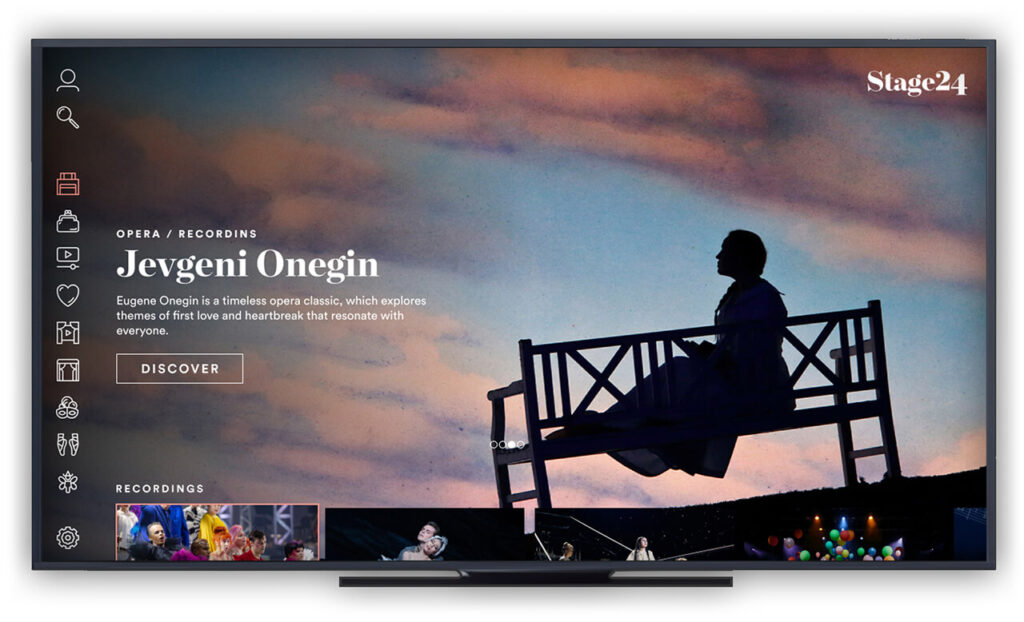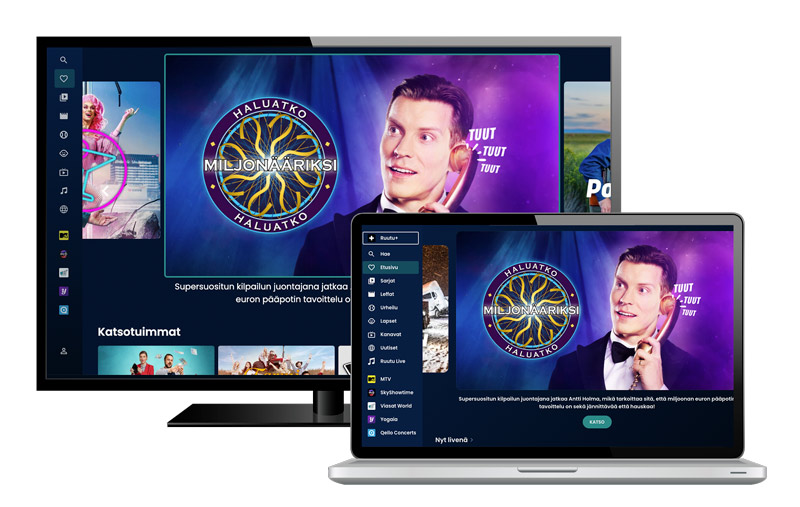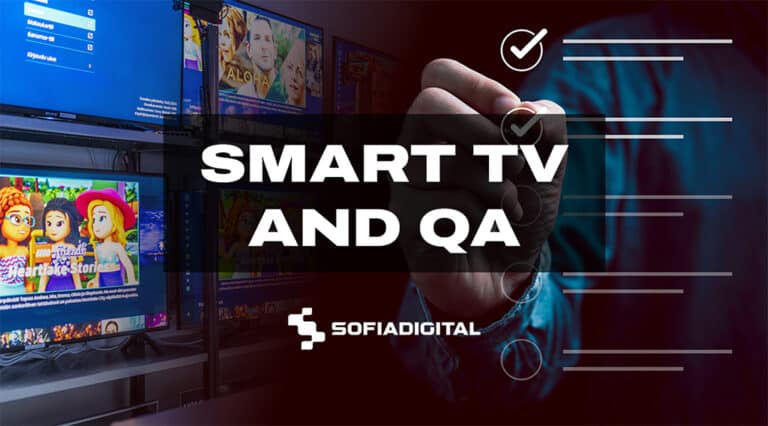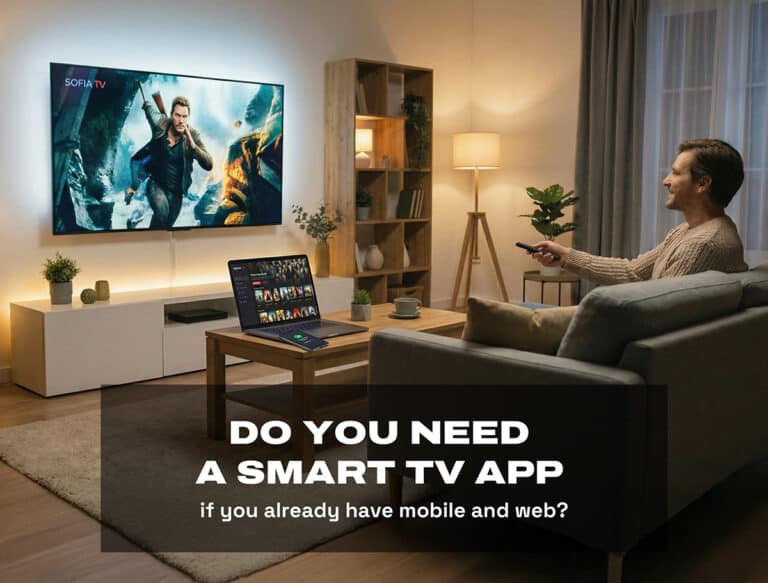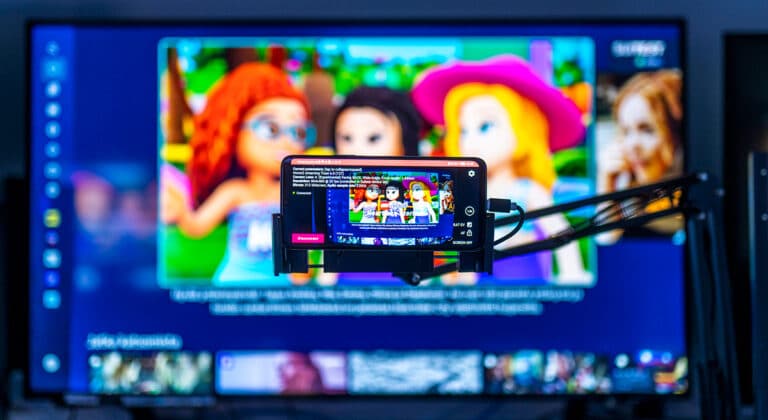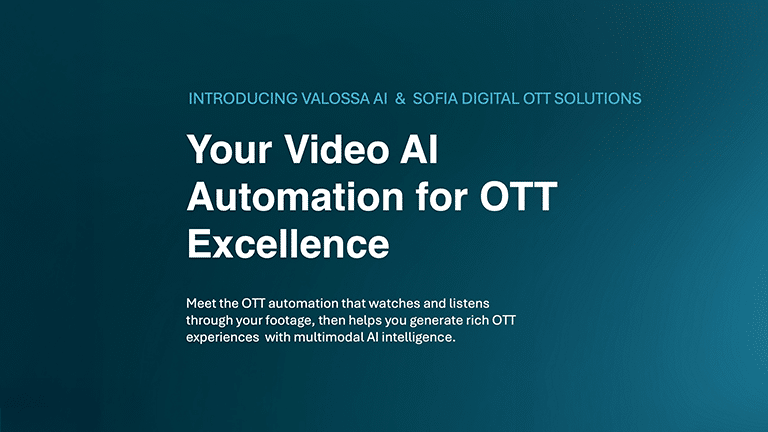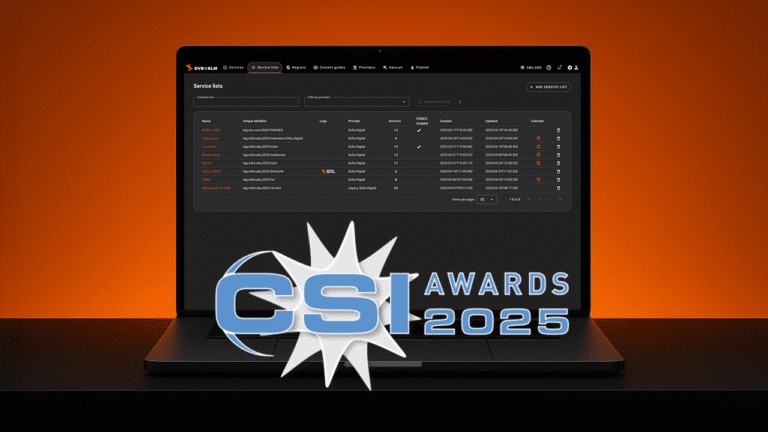There are over a billion Smart TV and STB devices in the world, spread across numerous operating systems and platforms. As Smart TV applications become an integral part of modern home entertainment, offering users a seamless way to access a wide variety of content, the need for high-quality, reliable apps has never been more critical. TV users are much less tolerant of bugs or errors in TV apps compared to other devices. Ensuring these applications deliver a smooth and engaging user experience requires a robust development process coupled with rigorous testing.
Developing and testing Smart TV apps is very unique compared to web or mobile app development. Smart TVs present a variety of challenges, such as diverse hardware specifications, diverse and often less than optimal performance, different remote control designs and varying screen sizes and resolutions. Additionally, Smart TV apps must integrate seamlessly with TV-specific features like DRM, player compatibility and broadcasting standards. These complexities necessitate specialized testing processes to ensure that apps function correctly across all devices and platforms, providing users with a consistent and high-quality experience.
Best method to develop Smart TV applications
The best method to develop Smart TV applications largely depends on the specific case and choice of platforms. However, one excellent and agile option is the Unified Smart TV App Development Framework. This approach is based on a singular codebase, which ensures application compatibility and consistent performance across different operating systems such as Tizen, WebOS and Android TV. This method simplifies the development process, making it more efficient compared to creating separate versions of the app for each platform. By using a unified framework, developers can ensure better cross-platform app performance and user experience.
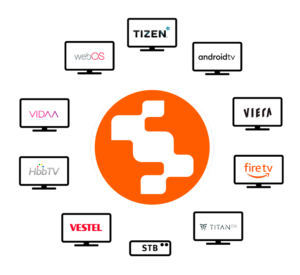
Key Advantages of the Unified Approach:
- Reach: Expands audience by supporting a wider range of devices.
- Harmonized UI/UX: Maintains a consistent user interface and experience across all devices.
- Synchronized Updates: Ensures all updates reach users simultaneously, reducing fragmentation.
- Cost Savings: Reduces development and maintenance costs by having a single codebase for multiple platforms.
- Automation Testing: With small changes, automation testing can be included, ensuring compatibility with all platforms.
Using this unified approach allows developers to streamline the app development process, ensuring that updates and new features can be rolled out quickly and efficiently. It also helps in maintaining a consistent user experience, which is crucial for retaining users and reducing churn.
The Essential Aspects of Testing Smart TV Apps
Testing Smart TV applications requires a thorough and methodical approach to ensure that the apps function correctly across various devices and platforms. Here are the essential aspects of testing Smart TV apps:
Testing with True Devices
Using real devices is the right approach since emulators do not always provide an accurate representation of functionality. Just like mobile apps, Smart TV applications can be tested using physical devices or emulators. However, real devices help identify issues that emulators might miss, such as DRM compatibility, player and UI performance, loading times and remote control interactions.
- Comprehensive Testing Lab: Whether you have your own lab or access to a partner lab like Sofia Digital’s, having a wide range of devices is crucial. This ensures that your app covers the diverse landscape of Smart TV hardware.
- Smart TV Specific Issues:
- DRM: Ensuring that content protection mechanisms work seamlessly.
- Player Compatibility: Different platforms might use different video players, so ensuring compatibility is vital (see Tommi’s blog for more details).
- Remote Controls: Emulators can’t replicate the experience of using a TV remote, which is a significant part of the user experience.
- UI Variations: TV screen sizes and quality can vary a lot, leading to contrast and color issues. Designs made on high-end PC monitors might not work well on low-end devices. It’s essential to test on actual displays to see the final result.
Testing While Developing
Many developers code until completion and then test, leading to major rounds of fixes. This process can be further complicated if the testing team is outsourced, leading to poor communication between developers and testers. A more agile approach integrates testing into the development process, allowing for continuous feedback and improvement.
- Agile Testing: Incorporate testing as part of the development process to catch issues early.
- Mock Data: Separate backend and frontend during testing, allowing frontend features related to backend changes to be easily tested.
- Use Case-Based Testing: In UX design, define use cases that evolve into test cases. This approach ensures that the app meets real user needs and scenarios.
Automated vs. Manual Testing
Finding the right balance between automated and manual testing ensures comprehensive coverage, cost-effectiveness and high quality.
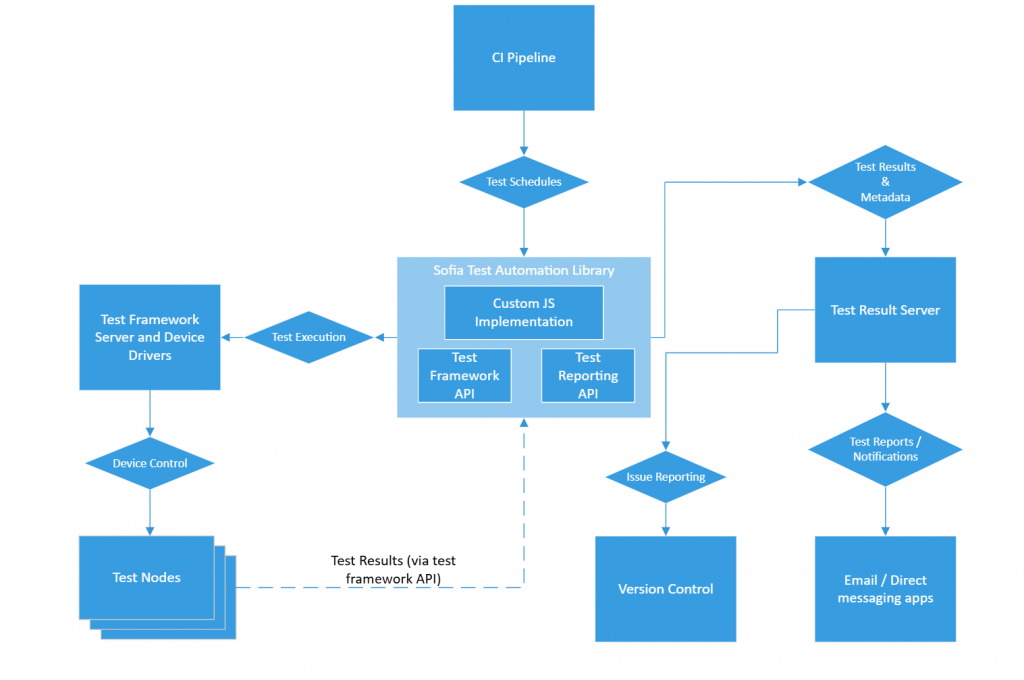
Automated Testing:
- Who Does It?: Conducted by experienced test engineers working closely with the development and QA teams.
- Advantages: Fast, efficient and suitable for repetitive tasks. Ideal for regression testing and large-scale scenarios.
- Tools: Use frameworks like Suitest for test development and Jenkins, Gitlab or Github CI pipelines to trigger automated test runs.
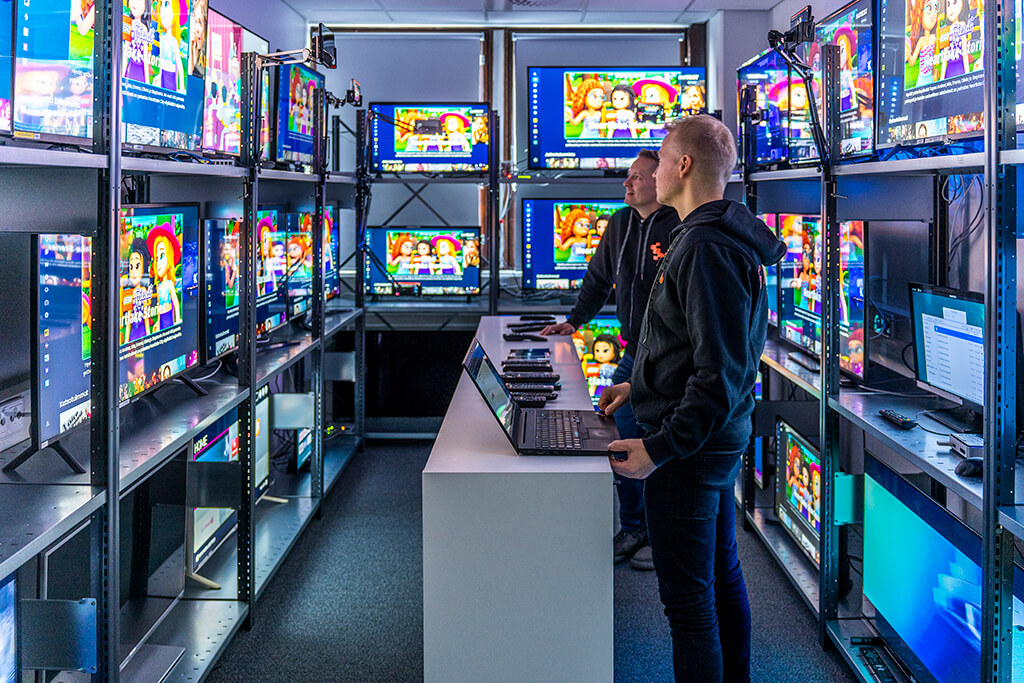
Manual Testing:
- Who Does It?: Conducted by developers during development and dedicated testing teams.
- Advantages: Essential for UX/UI evaluation and complex scenarios requiring human judgment.
- Remote Testing: Provides access to devices for in-house developers and external parties.
- Approach: Experienced testers can identify and address nuanced issues.
Performance and Stress Testing
Ensuring apps perform well under normal and peak conditions is critical.
- Load Testing: Simulate high traffic to identify bottlenecks.
- Stress Testing: Evaluate app stability under extreme conditions, such as network problems or high user loads.
Platform Conformance Testing
Ensuring apps meet the specific requirements of various Smart TV platforms prevents functionality issues.
- Steps Involved: Gather requirements, create test cases and manage conformance testing.
- Benefits: Ensures compatibility across different platforms.
Security Testing
Security is paramount, especially for apps handling sensitive data.
- Security Measures: Regularly test for vulnerabilities in code and 3rd party libraries and ensure compliance with security standards.
- Automated Tools: Use security testing tools to identify and fix issues early in the development process.
User Interface (UI) and User Experience (UX) Testing
- Why It’s Important: Good UX ensures higher user satisfaction and engagement.
- Methods:
- Manual Testing: Observe real user interactions.
- Navigation Testing: Evaluate ease of navigation with TV remote controls.
- Accessibility Testing: Conduct tests to meet regulations and ensure inclusivity.
Deployment – Passing QA Gatekeepers in One Submit
Successfully deploying Smart TV applications in time and on budget often hinges on passing quality assurance (QA) gatekeepers in a single submission. Here are some key strategies to ensure a smooth and efficient deployment process:
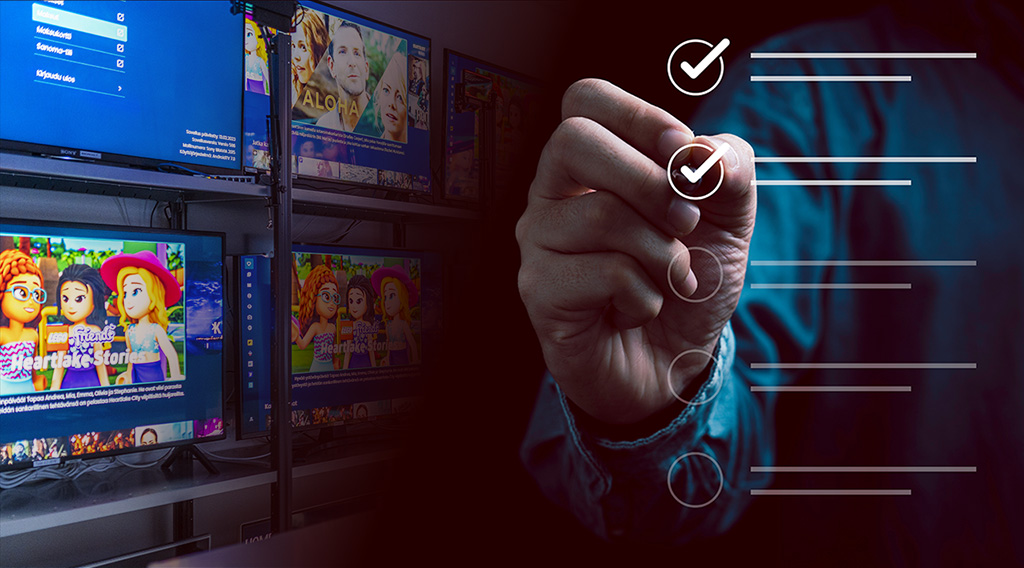
Pretest Checklist for Different Platforms
Before submitting your app for approval, it is crucial to conduct a comprehensive pretest. Each platform, whether it’s Tizen, WebOS, or Android TV, has unique requirements and guidelines. A thorough pretest checklist should include:
- Functionality Tests: Ensure all features work as intended.
- UI/UX Verification: Check for consistency and usability across different devices. This includes adhering to specific platform guidelines. For example, Samsung Tizen requires a minimum font size for readability and mandates that apps include a clear exit option.
- Performance Checks: Validate that the app performs well under various conditions.
- Check What Is Not Allowed: Ensure your app does not include any prohibited features or actions. For example, some manufacturers do not allow in-app purchases unless they receive a share of the profits.
- Security Tests: Confirm that the app meets all security standards and guidelines of the specific platform.
Submit Only Complete Apps
Submitting an incomplete app can lead to immediate rejection and significant delays in the approval process. Even minor issues, such as an incorrect font in one of the views, can cause the entire submission to fail. It is essential to meticulously review every aspect of the app to ensure it meets all the requirements before submission.
- Detailed Review: Conduct a final, detailed review of the app to catch any lingering issues.
- Real Data: make sure all sections of the application return usable and complete data that can be accessed and played back.
- Documentation: Ensure all necessary documentation required by the device manufacturer is meticulously completed and includes clear instructions on app usage. Verify that all required test credentials are prepared and accessible and confirm that QA testers can access the service without issues, such as geoblocking. Additionally, ensure that the service content is fully ready and available at this stage.
Consequences of Rejection
An app rejection can have severe implications, such as missing important launch dates. Each resubmission cycle might take several months, further delaying the app’s availability to users. Therefore, it is imperative to aim for a flawless submission on the first attempt.
By following these strategies, developers can increase their chances of passing QA gatekeepers on the first try, ensuring a timely and successful app deployment.
Sofia Digital Style of Developing and Testing
At Sofia Digital, we have honed our methods for developing and testing Smart TV applications over 20 years of industry experience. Our approach is grounded in best practices and tailored to meet the specific needs of Smart TV platforms. Here are the key aspects of our development and testing style:
Proven Methodologies
Our development and testing methodologies are designed to ensure high-quality outcomes. We integrate testing throughout the development process, allowing for continuous feedback and quick identification of issues. This agile approach helps us maintain a high standard of quality and performance across all projects.
Unique Testing Lab
Experienced Team

TESTING TEAM LEADERS
Juha Joki – director of broadcast and testing servicesLasse Soininen – remote and automation testing manager
Our team comprises experienced Smart TV developers and dedicated testing professionals. This collaboration between development and testing teams ensures that all aspects of the application are thoroughly vetted and refined. Our testers bring a wealth of knowledge and expertise, enabling them to identify and address nuanced issues that might be missed by less experienced teams.
Comprehensive Testing Processes
We employ both manual and automated testing methods to cover all bases. Manual testing allows us to evaluate user experience and interface nuances, while automated testing ensures efficiency and thoroughness in repetitive and large-scale testing scenarios. Our use of tools like Suitest and Jenkins CI pipelines facilitates this dual approach.
Case Examples
The QA process for Stage24 was a first-pass success, thanks to our comprehensive pretest checklist and detailed review process. This project exemplifies our ability to deliver fully compliant and high-performing applications on the first submission.
In Ruutu project, we use both manual and automated testing to ensure a seamless user experience across all supported devices. The rigorous testing process helps us identify and resolve issues early, resulting in a high-quality application that meets user expectations.
DOWNLOAD OUR TESTING WHITEPAPER
In this white paper, Sofia Digital’s testing team explains why Smart TV and HbbTV platforms and apps need to be tested, which types of testing are most critical and what’s involved in the testing process.
